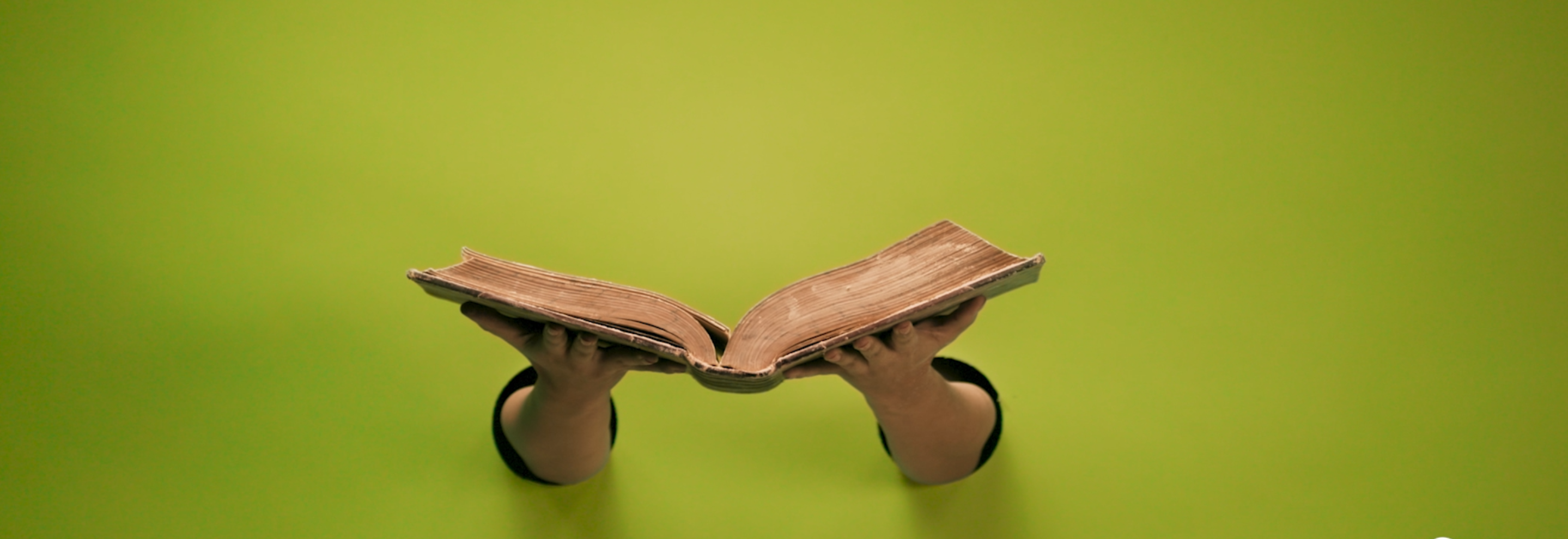Discover the unique history of tampons in the last century.
Tampons, as we know them today, were invented in 1931 by a male physician based in America, Dr. Earle Haas. But it took decades of trial and error to invent effective modern tampons that truly address the needs of women around the world. Considering that over 300 million women and people with periods are menstruating on any given day, tampons (and other period products) are a necessity. Now that we know who invented tampons, we can dive into the turbulent history of tampons as it unfolded each decade. From major design innovations during World War II to the tampon protests of the ‘80s, there’s so much to unpack!
Modern tampons were invented in 1931 – not too long ago! When we say “modern tampons” we’re referring to cylindrical cotton and viscose tampons with a string attached. Nevertheless, women around the world have created their own tampon-like devices for thousands of years.
In the 15th century, Egyptian women used softened papyrus wood as a tampon while Hawaiian women used the furry part of the native hapu’u fern. And those aren’t the only creative tampon innovations from the past. Women in ancient Japan fashioned tampons out of small bandages and women in Equatorial Africa used rolls of grass.
As a highly experienced medical physician and loving husband, Dr. Earle Haas couldn’t shake the desire to develop a period product for his wife and other women. That’s why he chose to put in the hours and come up with an effective design that actually absorbs period blood. In his eyes, the available products were essentially rags and women deserved a far more comfortable option. Long story short, Haas had our backs.
Although Haas had the right idea, he was met with plenty of social challenges. In the 1930s, the idea of a woman touching herself to insert a tampon was not widely accepted. What if they felt sexual pleasure? What if their hymen broke? It just wasn’t fathomable at this conservative time in history, especially because women were considered “pure and sacred” before marriage.
Considering the societal concerns around tampon use for pleasure, Haas developed a tampon with a tube-shaped applicator. That way, women wouldn’t have to “touch” themselves.
Although tampons with a string attached were first seen in nineteenth-century Europe, they were typically used as contraceptives. At the time, doctors believed you could wear them to reduce the chances of sperm entering a women’s reproductive tubes and fertilising eggs. However, they couldn’t be more wrong. As the tampon history timeline suggests, the best use for tampons is absorbing menstrual blood.

Learn more about us and how we got where we are today.
From 1989 companies were required to advise women to use the least absorbent tampon for their flow to help reduce the risk of TSS and therefore a sizing and absorbency system was established. This system of droplet symbols on tampon packs is still used today.
Although the ‘80s was a chaotic time for the tampon industry, it wasn’t all bad news. In 1983 tampons went to space for the first time with Sally Ride, an American astronaut. For her weeklong trip, the engineers packed a whopping 100 tampons!
Driven by the popular David Attenborough documentary Blue Planet, which educated audiences around the impact of plastic pollution on the world, we saw consumers priorities change, wanting to play their part in reducing single use plastic usage. We also saw retailers reviewing their packaging and plastic waste, especially in the period care aisles. A few key retailers in 2019 decided to remove single-use plastic applicators from all own brand tampon lines due to the goal of removing non-recyclable plastics from the shelves.
Further to this, Lil-Lets drove the plastic reduction message hard within successful campaigns from 2018, educating our audiences about switching to the non-applicator tampon format which enables people to reduce their period plastic! We also discontinued our plastic applicator tampon range in 2021 showing our commitment to supporting the planet.
A big step in the right direction for a better planet, wouldn't you agree?
We have come a long way since the early days of tampons. From non-applicator tampons to organic tampons, there are plenty of options for women and people with periods. But at the end of the day, the future of tampon use is a hot debate, especially with innovations such as menstrual cups & reusable applicators. As we all become more environmentally conscious, demand for products that align with these values is a top priority.
Lil-Lets non-applicator tampons are a great example of period products made with less plastic.
Considering the need for more sustainable products, our non-applicator range has these amazing qualities:
Everyone should be able to manage their period without exposure to harsh chemicals. It’s our job to make using tampons a breeze. So if you need to know more about how to use tampons, you're in the right place.

Earle Haas created the modern design for menstrual tampons in 1931. This same design is still used by most commercial tampon brands today.
Tampons were originally invented to help stop bleeding caused by injuries and to apply medication. However, in the early 1920s, a basic tampon was invented specifically to manage blood flow from menstruation. These basic tampons were less practical and comfortable than modern tampons and often leaked.
Tampons were first sold in 1933 and were inspired by Earle Haas’s design. From the mid-1930s, they were widely available for purchase in pharmacies and drugstores.
In the old days, women typically used a range of rolled-up absorbent materials as tampons. For example, ancient Greek and Roman women would wrap lint around a small piece of wood and insert it into the vagina. Alternatively, in ancient Japan women would use paper for intimate hygiene.
Tampons got their name from the medieval French word “tampion”. A tampion is a cloth used to stop liquid from flowing through a hole or plug.
Tampons became popular in the 1930s after becoming available for purchase in stores. The product also experienced a wave of popularity in the 1940s during World War II as women were doing more labour-intensive work that warranted period leak protection. Another peak in popularity for tampons was the 1960s – plenty of companies released novel designs at this time.
Earle Haas invented cardboard tampon applicators. Although the applicator was made of sturdy cardboard, the absorbent part of the tampon was cotton and rayon.
In simple terms, a man did invent tampons. Earle Haas is credited for the modern design of tampons. However, the idea of tampon-like devices can be traced back multiple centuries. Variations of this invention have been developed by both men and women.